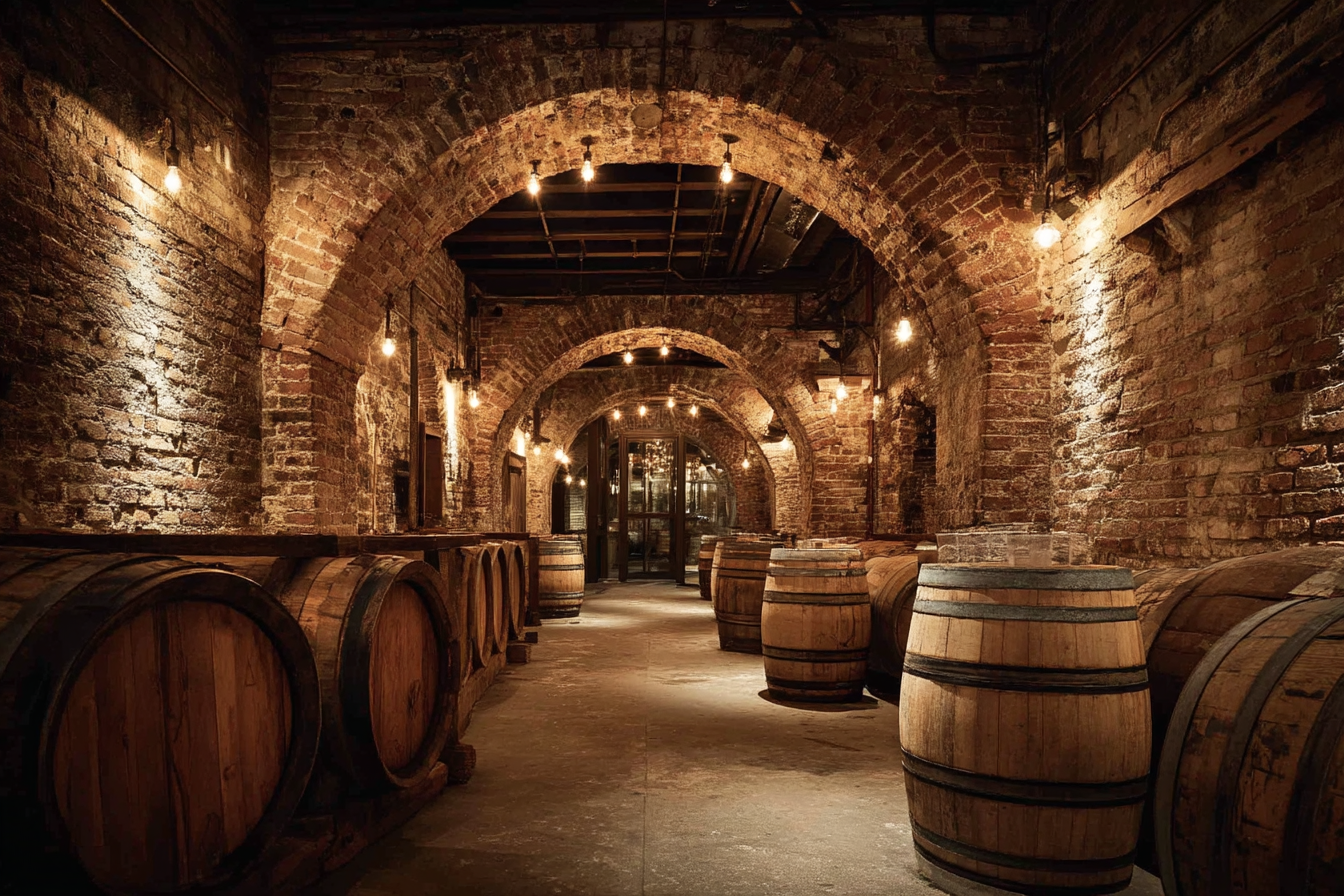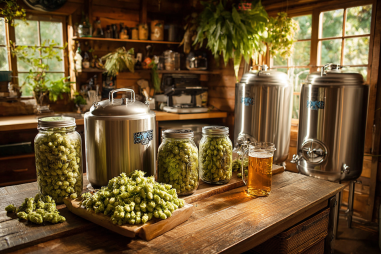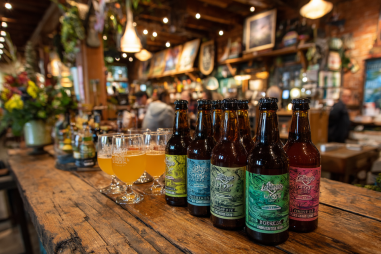Flanders Red Beer is a true gem in the world of brewing, cherished for its distinctive sour and fruity character that tells a story centuries in the making. This beer style hails from the Flanders region of Belgium, an area steeped in brewing traditions and known for its sour ales that perfectly balance tartness with complex flavors. Delving into the history of Flanders Red Beer reveals not only the evolution of a beer style but also an enduring cultural heritage that continues to influence modern brewing techniques and beer enthusiasts worldwide.
Origins and Early Brewing Traditions
The roots of Flanders Red Beer date back to the Middle Ages, when monastic communities and local brewers in the Flanders region began experimenting with various fermentation methods. Flanders, located in the western part of Belgium, offered an ideal climate and environment for brewing sour ales. The abundant fruit orchards in the region also inspired brewers to incorporate local ingredients like cherries and raspberries into their beers, further enhancing their complexity.
Early brewing traditions in Flanders were closely tied to spontaneous fermentation. Unlike modern brewing, which often uses cultivated yeast strains, Flanders Red depended on wild yeast and bacteria native to the brewery environment. This microbial mix, including strains like lactobacillus and pediococcus alongside Brettanomyces yeast, was instrumental in producing the signature tartness and funk that define the style. Additionally, wooden barrels played a crucial role, as their porous nature allowed these microbes to thrive during extended aging periods.
Evolution Through the Centuries
Over the centuries, Flanders Red Beer evolved from a local curiosity into a well-established style revered by both brewers and drinkers. As knowledge of yeast and fermentation deepened, brewers refined their techniques to better control the souring process while retaining the beer’s characteristic complexity. The aging process, often lasting from 12 to 24 months, became a defining feature, with blended batches allowing brewers to balance acidity, sweetness, and wood-induced flavors.
Historically, Flanders Red was brewed as a farmhouse ale. Small-scale brewing families and local breweries crafted their variants, each with nuanced differences influenced by specific yeast cultures, barrel types, and fruit additions. This diversity enriched the overall reputation and mystique surrounding the beer, establishing it as a staple of Flemish culture.
Important Breweries and Regions in Flanders
The region of West Flanders and East Flanders in Belgium form the heartland of Flanders Red Beer production. Towns like Oudenaarde, Roeselare, and Poperinge are particularly renowned, hosting celebrated breweries that have kept the style alive and vibrant. Among these, Brouwerij Rodenbach stands out as an iconic producer whose Rodenbach Grand Cru is often regarded as the benchmark for the style.
Other important breweries include Brouwerij Verhaeghe in Vichte, known for its Duchesse De Bourgogne, and Brouwerij Bavik, with its fruit-forward blends. These breweries have preserved traditional methods while also innovating slightly to appeal to contemporary palates. The presence of these breweries ensures that the heritage of Flanders Red remains a living tradition, accessible to beer lovers across the globe.
Historical Brewing Methods
The traditional brewing process for Flanders Red involves several distinctive steps that contribute to its signature flavor profile. First, the wort — the sweet liquid extracted from malted barley — is brewed with a blend of pale malts and sometimes a touch of darker malts to add depth. After boiling and cooling, fermentation begins with yeast, often a mix of strains, including Saccharomyces and Brettanomyces.
What sets Flanders Red apart is the extended aging in oak barrels. These barrels, often sourced from wine or brandy production, lend subtle tannins and woody notes to the beer. During this time, wild yeasts and bacteria naturally residing inside the barrels work to sour the beer gently, producing lactic and acetic acids that give Flanders Red its famous tartness. Brewers typically blend younger and older barrels to achieve a harmonious balance between sharp acidity and malt sweetness.
Additionally, some brewers have historically added fresh or pureed fruits during fermentation or aging, enhancing the beer’s complexity with nuanced fruit aromas and flavors. These methods have been passed down through generations, with each brewery maintaining unique approaches to manage fermentation and aging.
Influence on Modern Sour Beers
Flanders Red Beer has had a profound impact on the resurgence and popularity of sour beer styles worldwide. As interest in craft and sour beers grew in recent decades, brewers outside Belgium began drawing inspiration from the traditional methods and flavor profiles of Flanders Red. The emphasis on long aging, barrel fermentation, and blending techniques has been adopted and adapted by many craft breweries seeking to produce complex and balanced sour ales.
Today, the style’s distinctive characteristics—such as the interplay between acidity and malt sweetness, along with subtle oak and fruit notes—have influenced countless sour beer recipes globally. Brewers experiment with new ingredients, wild yeast cultures, and aging vessels, building upon the rich legacy of Flanders Red. This has helped establish sour beer as a mainstream category in the craft beer movement, expanding consumer appreciation for tangy, funky, and layered beer experiences.
A Legacy of Flavor and Culture
Flanders Red Beer is more than just a beverage; it is a testament to centuries-old brewing artistry and cultural identity in Belgium. The beer’s enduring appeal lies in its complexity, tradition, and the stories embedded in every bottle—from the medieval brewers who first crafted it to modern artisans who continue the legacy. Its distinctive balance of sourness, sweetness, and oak-aged character invites both seasoned beer enthusiasts and newcomers to explore the rich tapestry of flavors that make it a timeless classic.
As a cultural symbol, Flanders Red Beer celebrates the heritage of the Flemish people and their dedication to quality and craft. Whether enjoyed in a bustling Belgian café or a craft beer bar across the world, it remains a beloved expression of tradition meeting innovation, connecting the past with today’s vibrant beer culture.







